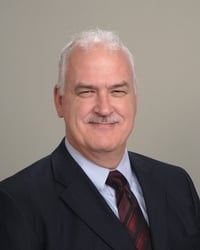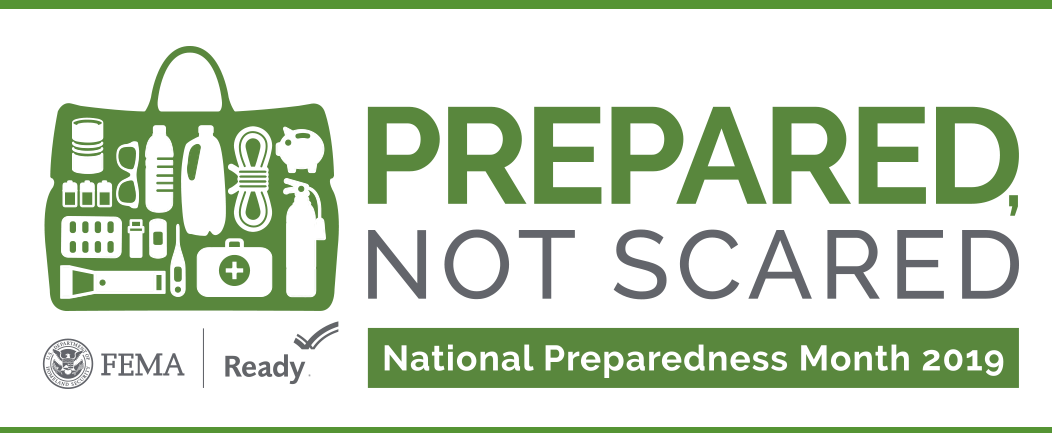 Today we’re sharing insight from guest blogger Mark Weber, CEO of YMCA of Southwest Michigan and interim CEO of YMCA of Michiana. We hope you enjoy Mark’s wisdom and perspective.
Today we’re sharing insight from guest blogger Mark Weber, CEO of YMCA of Southwest Michigan and interim CEO of YMCA of Michiana. We hope you enjoy Mark’s wisdom and perspective.
To improve our communities and make them places where people are healthy, safe, and cared for, takes a lot of work. As a non-profit organization, we know we can’t do it alone. The ability to effectively partner with other individuals and organizations in our communities is essential to the building of healthy communities.
What Can Collaborative Partnerships Accomplish?
When we talk about collaboratively addressing community needs, we mean the process of people working together to address what matters to them – whether that is promoting preventative healthcare, bringing youth programs to impoverished neighborhoods, or providing access to affordable fruits and vegetables.
To address what matters to the members of our community, we need to change the conditions on which live with the hope that changing those conditions will change people’s behaviors. For example, the Y works with organizations like Be Healthy Berrien and Spectrum Health Lakeland to bring affordable or free healthy food options to areas that might not otherwise have those available. The hope is that providing these options will in turn cause families to start eating healthier.
These types of collaborative partnerships have the power to bring on environmental changes that can truly make a difference in our communities. Endeavors like after school programs, summer day camps, and prevention services, are all examples of what can be accomplished when we work together.
Why Work Together?
There is value in working with a variety of organizations for a couple of reasons. Effective partnerships leverage the strengths of each partner and apply it strategically to the issue at hand, push entities to see and understand issues from different perspectives, and allow the parties involved to learn from each other.
Beyond benefiting your community, collaboration can benefit your organization. Working together improves efficiency, strengthens programs, improves leadership skills, saves costs, and more.
Where To Start?
However, effective community partnerships rarely begin overnight. They are a product of invested time and thoughtful dialogue. In an article by John Lavey for Community Builders, he explains key elements that create effective partnerships:
- Leadership – leadership can dramatically affect the rate of change brought about by a community group.
- Aligned Vision – each partner must be perusing the same essential goal. This does not mean they are committed to the same outcomes, approach, values systems, and the like—in fact, disagreement about these can be healthy for the group. But it must be moving in the same general direction.
- Roles, Responsibility, and Accountability - clear roles for participating members and their responsibilities alleviates confusion and streamlines the group’s effectiveness. Additionally, clear roles and responsibilities create channels of accountability.
- Framework for Culture and Values – This framework generally covers items like meeting ground rules, decision-making, behavioral expectations, conflict resolution, and overall goals and purpose.
- Communication - Strong and consistent feedback loops are necessary for understanding and progress.
What’s The Risk?
Taking your organization outside your four walls to work with other organizations, businesses, and groups can be scary. But it’s necessary to reach those who need us most. Leveraging those partnerships to have a collective impact on our communities not only changes the lives of those around us, but it changes us as an organization and makes us better.
This content was written and shared by guest blogger, Mark Weber.
 Mark is CEO of the YMCA of Southwest Michigan and interim CEO of the YMCA of Michiana. His passion lies in expanding the Y’s impact beyond its brick and mortar facilities by offering programming to children, families, and community members through collaborative partnerships with other local organizations. Prior to joining the YMCA, Mark spend over two decades working in the world of finance as Director of Finance and Director of Accounting at Teachers Credit Union and Chief Financial Officer at United Federal Credit Union. Mark serves on multiple boards, including Niles Community Schools, Be Healthy Berrien, Four Flags Plaza, Greater Niles Chamber of Commerce, and Lakeland Health Foundation. In his free time, he enjoys spending time with his wife, two children, and granddaughter.
Mark is CEO of the YMCA of Southwest Michigan and interim CEO of the YMCA of Michiana. His passion lies in expanding the Y’s impact beyond its brick and mortar facilities by offering programming to children, families, and community members through collaborative partnerships with other local organizations. Prior to joining the YMCA, Mark spend over two decades working in the world of finance as Director of Finance and Director of Accounting at Teachers Credit Union and Chief Financial Officer at United Federal Credit Union. Mark serves on multiple boards, including Niles Community Schools, Be Healthy Berrien, Four Flags Plaza, Greater Niles Chamber of Commerce, and Lakeland Health Foundation. In his free time, he enjoys spending time with his wife, two children, and granddaughter.
Connect with Mark via LinkedIn.



